Maria Branyas Morera, who passed away in 2024 at the age of 117, was more than just the oldest person in the world—her biology offered rare insights into how extreme age can coexist with surprisingly robust health. A recent scientific study combining genetics, metabolism, and lifestyle data reveals how a mix of inherited advantages and everyday habits helped her live a life that was as healthy as it was long.
Key Biological Findings
Researchers collected blood, saliva, urine, and stool samples from Branyas shortly before her death. These samples formed the basis of a deep “multi-omics” analysis that included her genes, her gene expression patterns (epigenetics), immune markers, metabolic function, and gut microbiome. Below are some of the standout findings:
- Telomere Length vs. Health
Her telomeres—the protective caps at the ends of chromosomes that shorten with cell division—were extremely short, as one might expect in someone of her age. Yet, despite this sign of biological aging, she showed little evidence of the diseases often linked with aging, such as cancer or dementia. - Epigenetic Age Younger Than Chronological Age
Scientists employed epigenetic “clocks” (which measure chemical modifications on DNA that tend to change with age) and found that many of her tissues appeared biologically younger—often by 10-15 years—than her actual age. - Immune System Resilience
Even at 117, her immune system showed signs of being efficient: she maintained good defense against disease, low chronic inflammation, and avoided overt autoimmunity (where the body attacks itself). - Protective Genetic Variants
Branyas had rare variants in her DNA that appear linked to heart and brain health, better metabolism of lipids/cholesterol, and overall lower risk of metabolic disease. - Youthful Gut Microbiome
Her gut microbiome—especially the prevalence of beneficial bacteria like Bifidobacterium—looked more like that of much younger people. A healthy gut microbial profile is increasingly understood to support inflammation control, nutrient absorption, and even brain health.
Lifestyle Habits That Mattered
Genes provided a foundation, but Branyas also embraced several lifestyle habits that appear to have helped her preserve function and vitality throughout her later years:
- Diet: She followed a Mediterranean-style eating pattern—rich in vegetables, fish, healthy fats—and consumed yogurt almost daily, which may have helped support her gut health.
- No Smoking, No Alcohol: She avoided habits known to damage DNA, accelerate aging, or undermine organ systems.
- Social Engagement & Mental Resilience: She maintained family connections, stayed emotionally balanced, and had a low-stress attitude. Psychological factors often overlooked in aging research seem to have played a part in her longevity.
- Physical Movement & Routine: Although mobility declines are normal at extreme ages, she maintained enough physical activity to stay relatively mobile and engaged.
What This Study Means for Aging Research
This research has several implications for how we think about aging, disease, and healthspan:
- Separation of Aging from Disease
Branyas’s case strengthens the idea that getting old doesn’t necessarily mean becoming sick. Some biological metrics (like telomere length) indicate age, but they don’t always predict poor health. - Potential Targets for Therapies
The genetic variants and immune/genomic signatures she carried can become clues for developing medicines or interventions that mimic such protective effects—potentially slowing or reducing common age-related conditions. - Gut Health as a Cornerstone
The microbiome is increasingly turning out to be a central player in aging. Maintaining a good gut microbial community seems to have been one of her protective layers. - Lifestyle Still Counts
Even with exceptional genetics, her habits reinforced those advantages. This suggests that public health strategies emphasizing diet, social cohesion, and avoiding harmful habits may push more people toward healthier aging—even if not to extreme ages.
Limitations & Caution
- This is a single case study. Though highly detailed and exceptional, a study of one individual can’t prove universality. What works for one person’s biology may not directly translate to others.
- The interplay of chance, environment, and genes is complex. Luck, exposure to disease, early life adversity, and many other unknowns also shape outcomes.
- Some findings (for example, about her gut microbiome or specific genetic variants) need more research in larger groups of centenarians or supercentenarians to see how common or rare such protective traits are.
Takeaway
Maria Branyas Morera’s life and biology offer more than marvel: they provide a living (and lasting) lesson in the interplay between biology, behavior, and environment. For those wondering how to age “well,” her blueprint suggests that it’s not about stopping the clock, but rather stacking protective factors—good genes where possible, healthy eats, social bonds, low stress, and caring for one’s gut and immune system.
She reminds us that even in our final years, much of the decline that people assume is inevitable—and irreversible—may be delayed or mitigated.

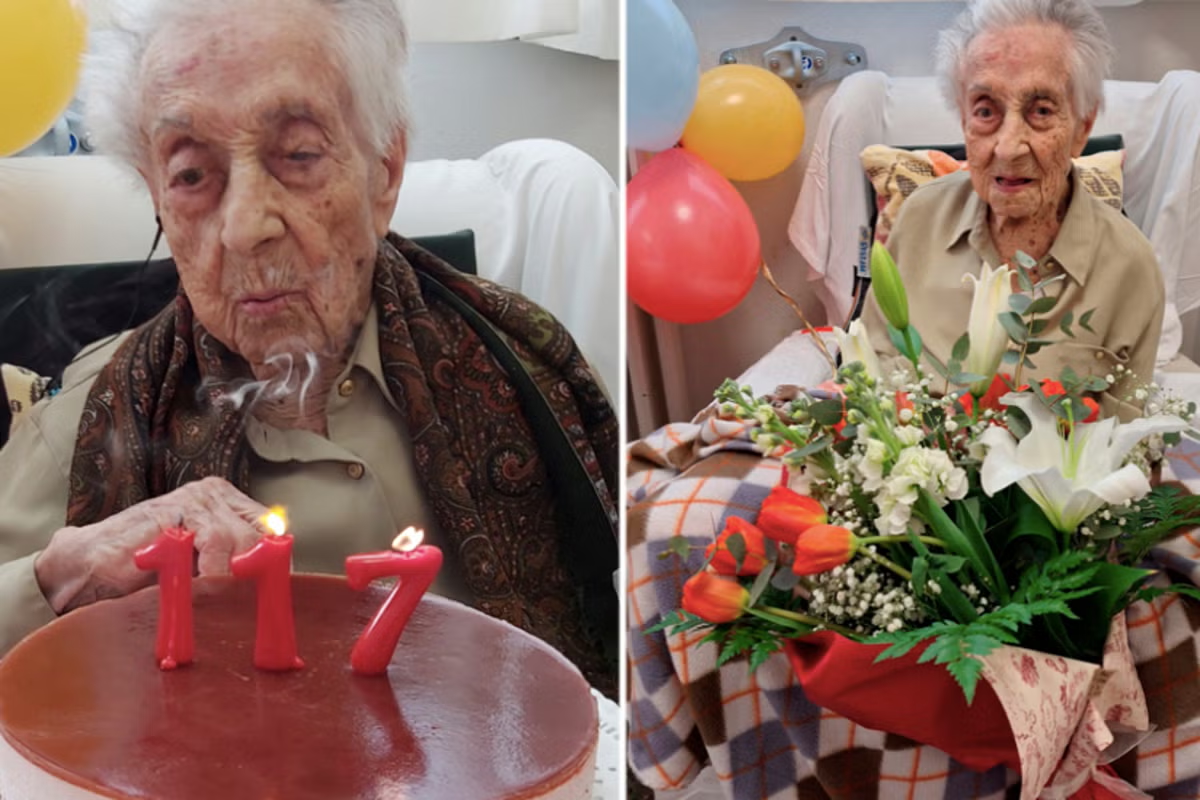


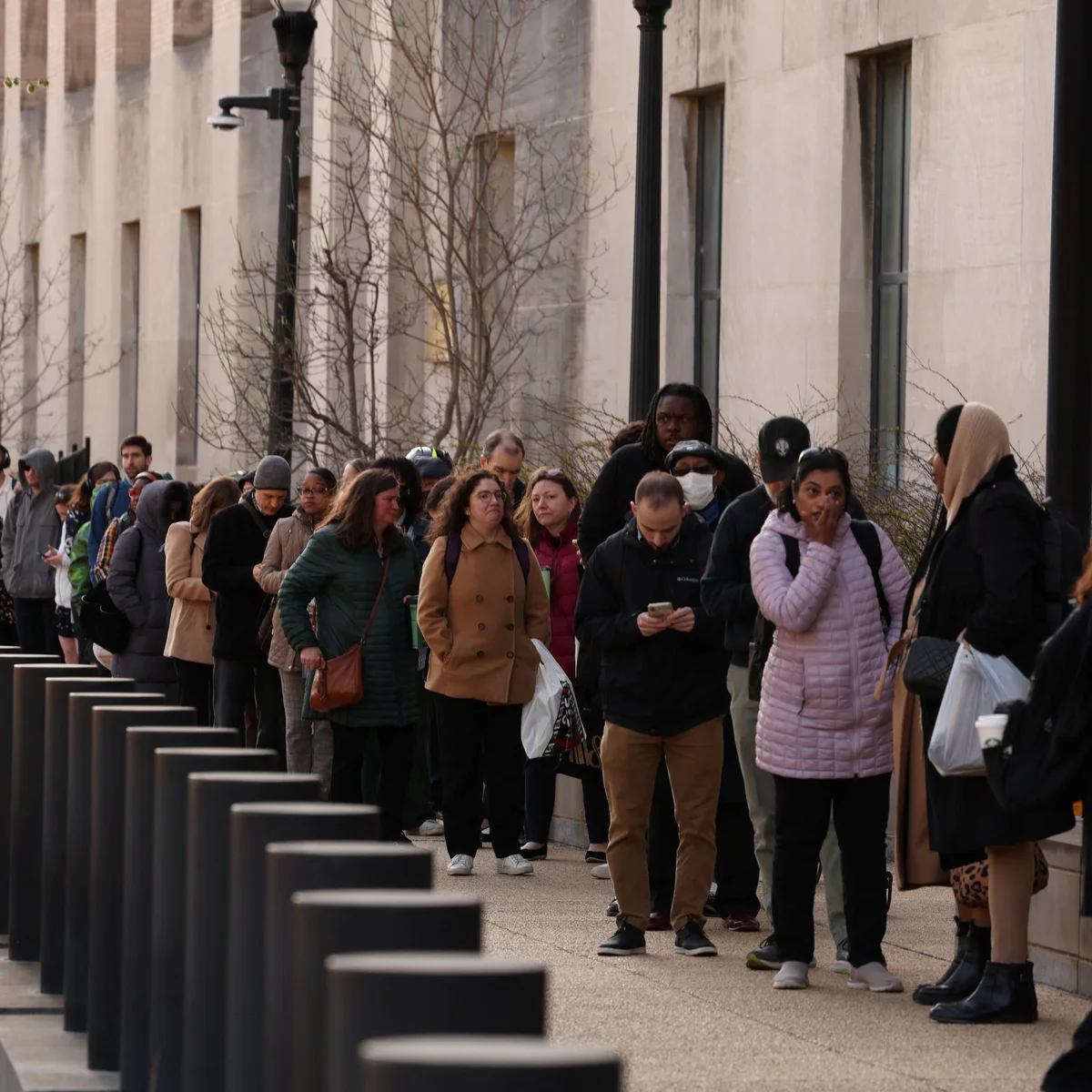

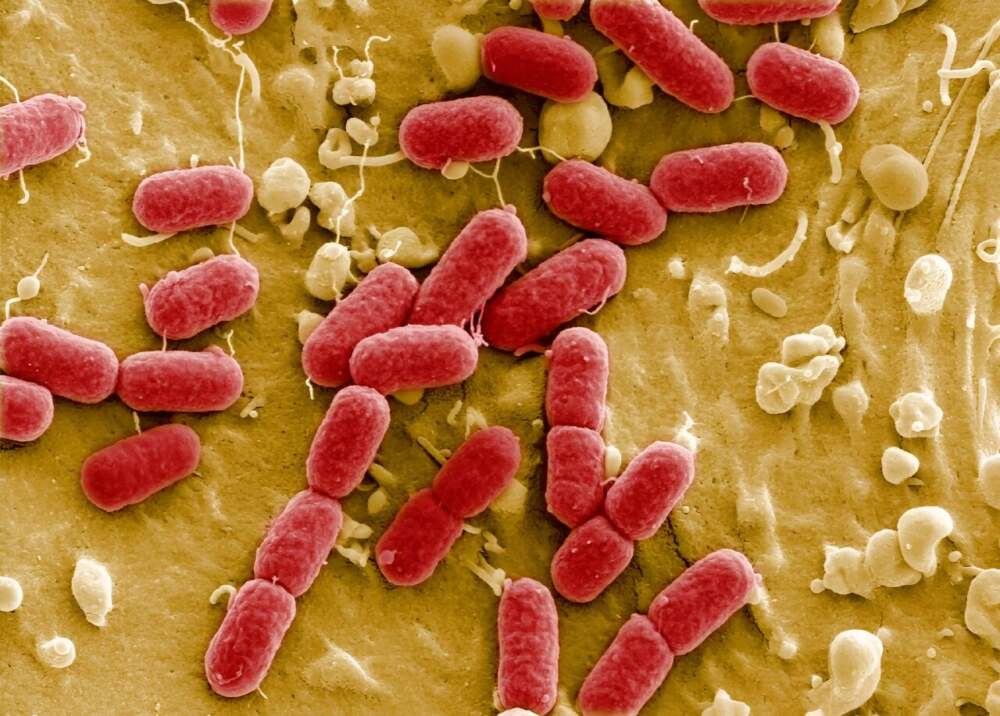
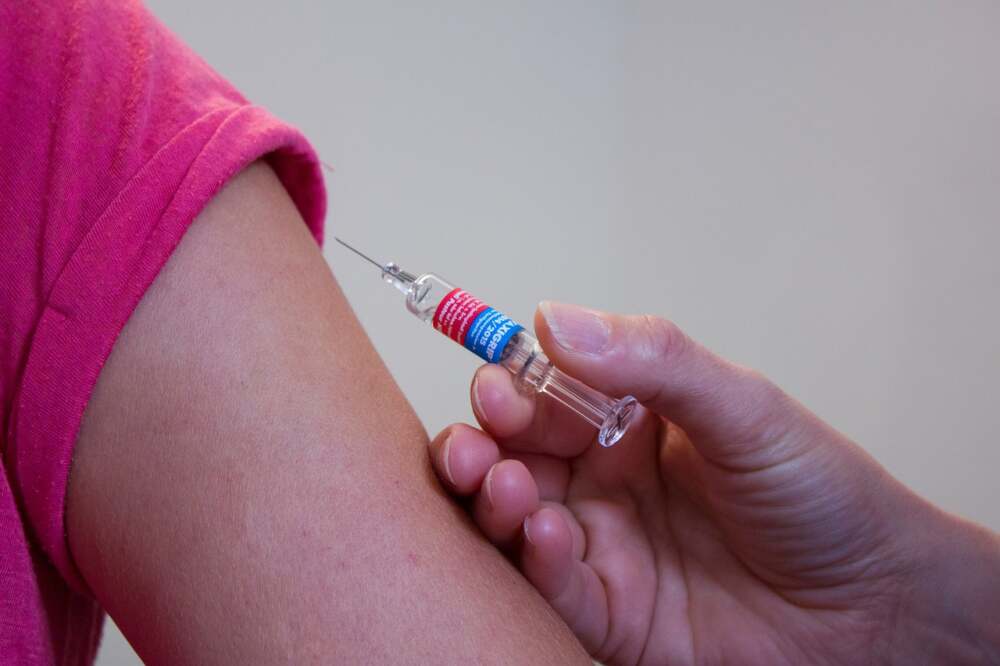


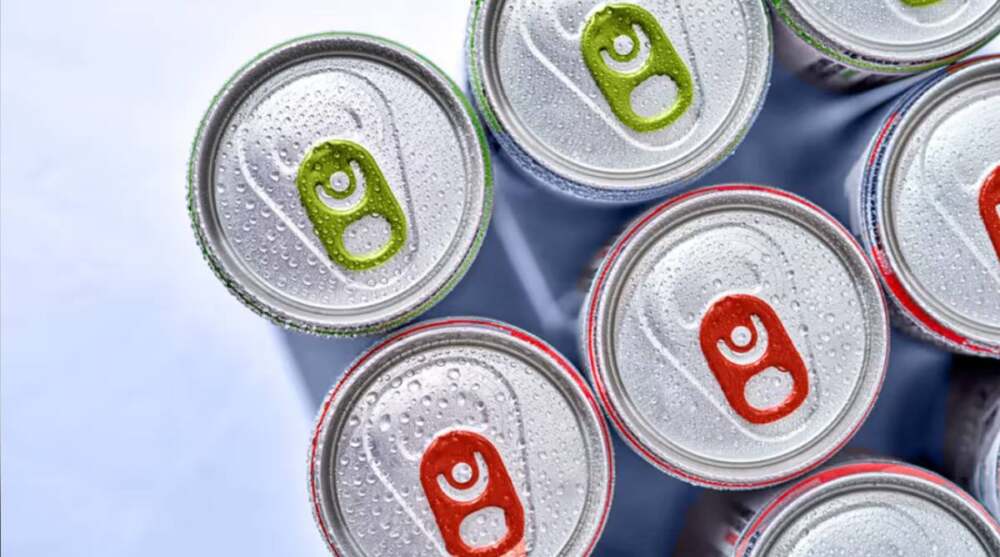
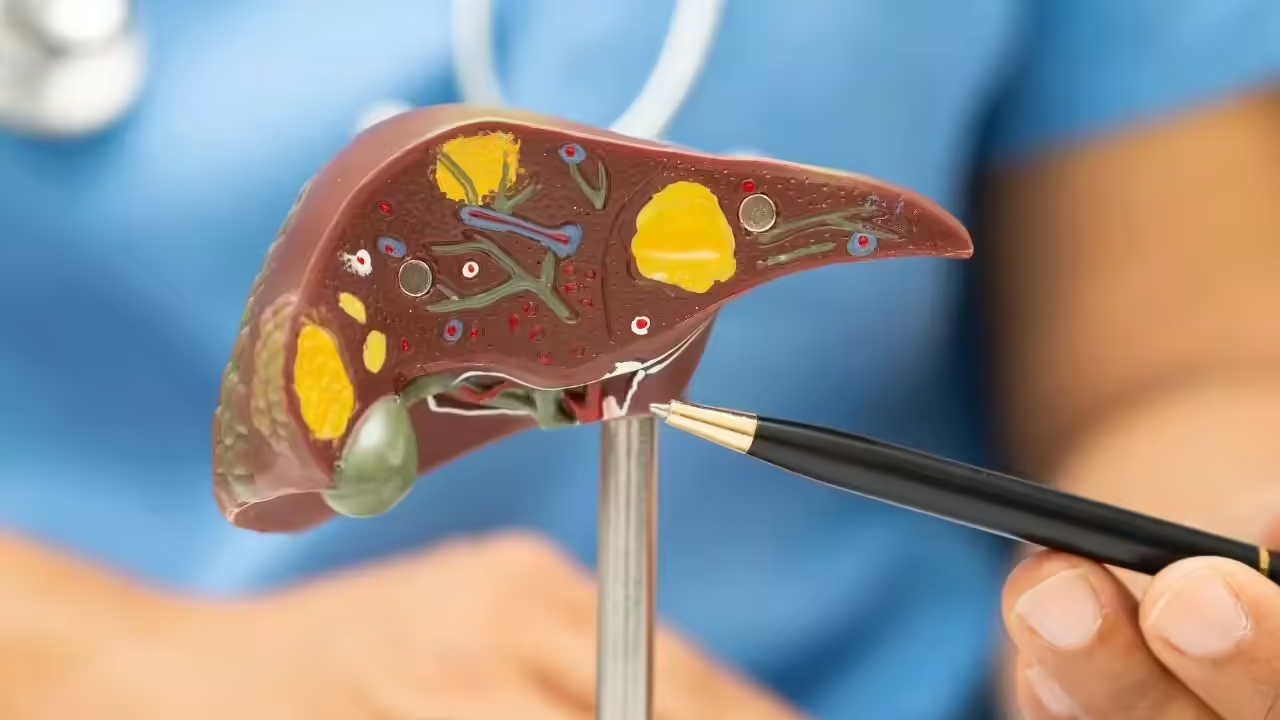




Leave a Reply